(GLO)- Since the beginning of the year, the State Bank of Vietnam (SBV) has adjusted the operating interest rate down three times with a total reduction of 0.5-1.5%/year. The decision to reduce the operating interest rate has contributed positively to the goal of stabilizing the market interest rate level, both mobilization and lending for the economy. However, the current credit demand is still recorded to be low and increasing slowly.
According to information from the State Bank of Vietnam - Provincial Branch, the mobilization interest rate of credit institutions in the area was recorded to decrease by 0.4-0.5% in terms compared to January 2023. On the contrary, short-term lending interest rates in VND are commonly at 9.5-11%/year, down 1% compared to early 2023; medium-term and long-term lending are commonly at 10-14%/year; maximum short-term lending for some priority sectors and fields according to Circular No. 39/2016/TT-NHNN is 4.5%/year. For short-term lending in USD, the common interest rate is 4%/year; medium-term and long-term lending is 6.5%/year.
Under the active management of the State Bank, the interest rate level has basically been kept stable. New lending interest rates are tending to decrease compared to the beginning of the year. It is estimated that by the end of the second quarter of 2023, the total outstanding debt of the provincial banking sector will reach about VND 105,100 billion, an increase of 8.8% over the same period last year and an increase of 2% compared to the end of 2022. In the context of abundant liquidity and comfortable credit room, the ability to absorb capital and credit demand in the market are still recorded at low levels and growing slowly compared to expectations.
Identifying the factors that are affecting the capital absorption capacity of the local business community, Mr. Nguyen Tuan - Permanent Vice Chairman and General Secretary of the Provincial Business Association - informed: "Through actual surveys and understanding of the actual situation, the Association found that besides a few potential, large-scale enterprises that have maintained a fairly good growth rate, the majority of small and micro-sized enterprises operating in the fields of construction, production, processing, and trade are facing many difficulties because there are no export orders, domestic consumption has decreased, and increased costs have eroded profits. Therefore, many enterprises are forced to temporarily suspend or reduce the scale of operations".
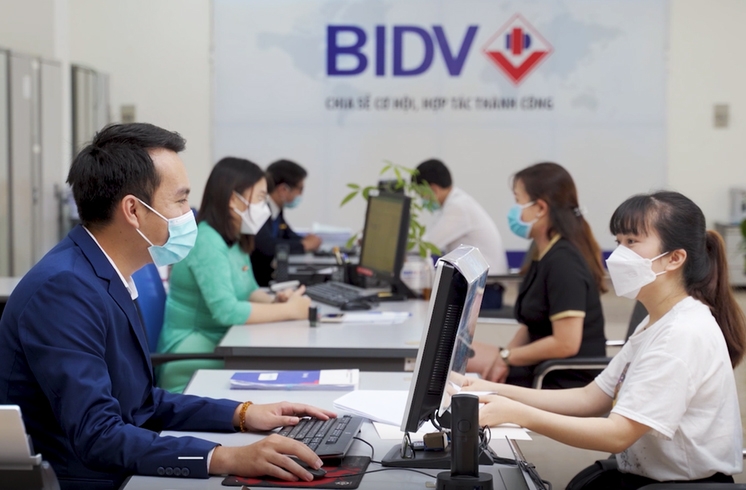 |
Customers transact at BIDV Gia Lai. Photo: Son Ca |
In the context of facing many difficult factors of the economy, instead of promoting capital investment from credit leverage as before, many businesses choose the solution of balancing finances to preserve resources to overcome the waves. Mr. Nguyen Trung Hai - Director of Hoang Dung Gia Lai Construction One Member Co., Ltd. (Ia Kring Ward, Pleiku City) shared: "Enterprises operating in the construction sector are facing many difficulties, both subjective and objective. For example, although material prices have not fluctuated as last year, they are still at a high level, some projects have not adjusted their estimates, businesses have completed the volume but are late in payment, so they easily fall into a situation where the more they work, the more they lose. This year, we only accept one project, focusing on speeding up the construction progress and ensuring quality, the goal is to complete it ahead of schedule".
Although lending interest rates have decreased compared to the beginning of the year, the demand for loans from people and businesses has not increased. Explaining the decision not to borrow more investment capital during this period, Ms. Nguyen Thi Nuong - Owner of Nguyen Nuong Business Household (Tra Ba Ward, Pleiku City) said: "A few years ago, I often borrowed money from banks to seize business opportunities and supplement working capital. This year, business is more difficult, so many people have tightened spending, demand and purchasing power have decreased significantly in recent months. Therefore, I proactively rebalanced my own capital, recalculated the amount of goods imported and sold to match current purchasing power."
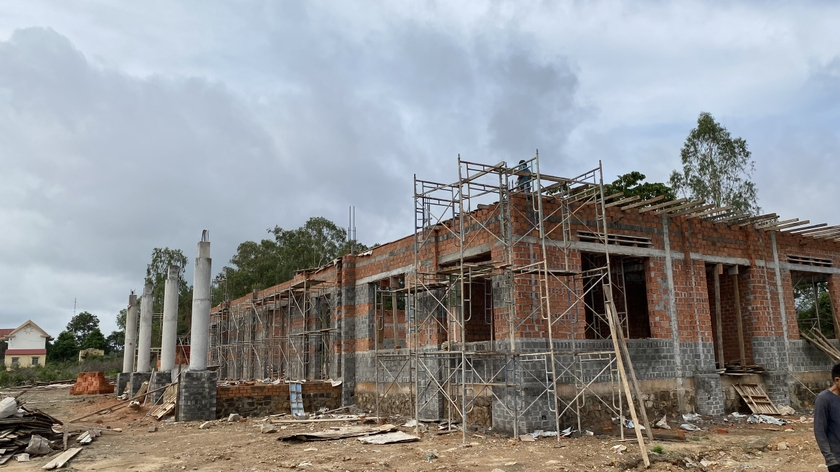 |
The State Bank directs credit institutions to closely follow the province's socio-economic development investment portfolio and plan to expand credit. Photo: Son Ca |
As for the agricultural and rural sector, outstanding credit currently accounts for 47.4% of the total outstanding debt of the entire banking sector. According to observations, outstanding debt in this sector tends to decrease in the first months of the year although the prices of some key agricultural products are quite good. Most farmers, small and micro enterprises are still not interested in borrowing capital to invest in expanding production scale as before. Mr. Tran Quang Son (Nam Yang commune, Dak Doa district) said: "Prices and output for agricultural products are always the key issues of agricultural production. In the current context, the output for some agricultural products is still facing difficulties, there are no new orders, labor costs are increasing, so most people keep the current scale, not daring to borrow capital to invest in expanding the area".
It is undeniable that the adjusted interest rate reduction is a factor that actively supports economic recovery and development. However, to stimulate credit growth, it is necessary to build a harmonious relationship between banks and customers. In the coming time, the State Bank - Provincial Branch will continue to direct credit institutions to strictly implement the mobilization and lending interest rates, and promote the implementation of policies to support people and businesses to access credit capital to invest in production and business development.
Source link


![[Photo] Prime Minister Pham Minh Chinh receives Mr. Jefferey Perlman, CEO of Warburg Pincus Group (USA)](https://vstatic.vietnam.vn/vietnam/resource/IMAGE/2025/4/18/c37781eeb50342f09d8fe6841db2426c)





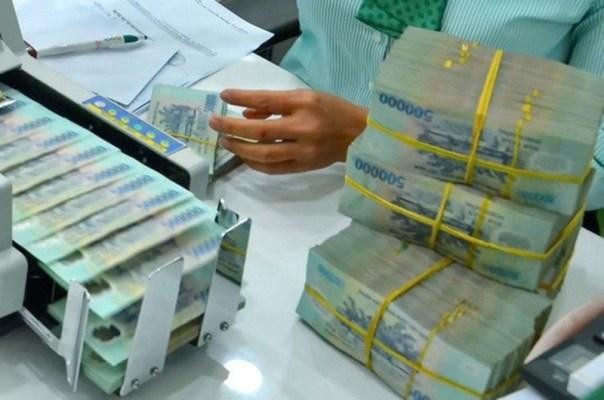

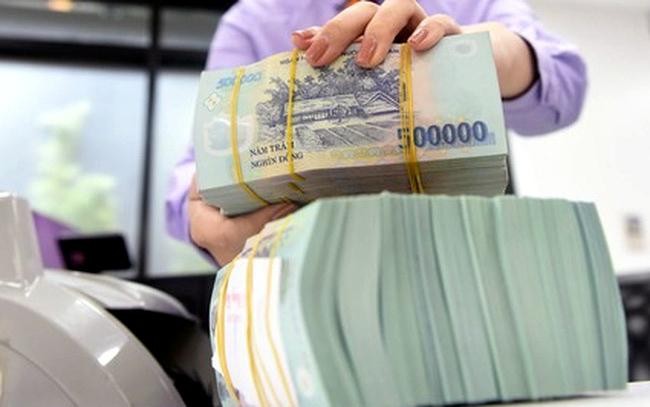
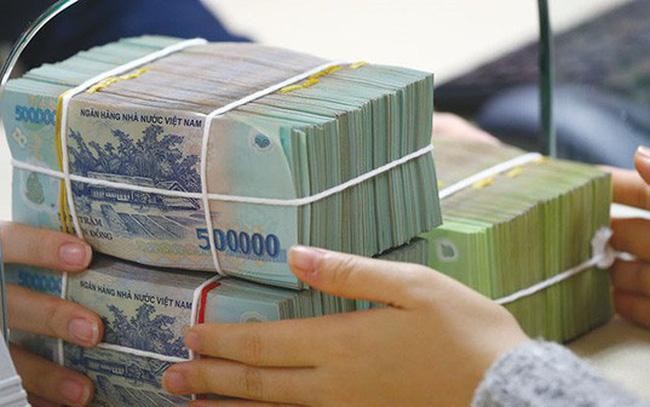
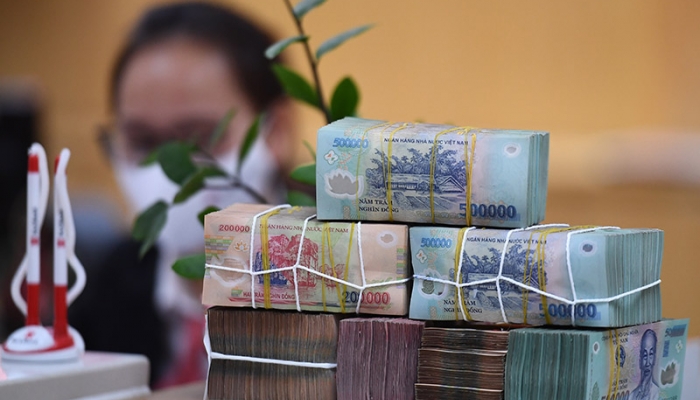

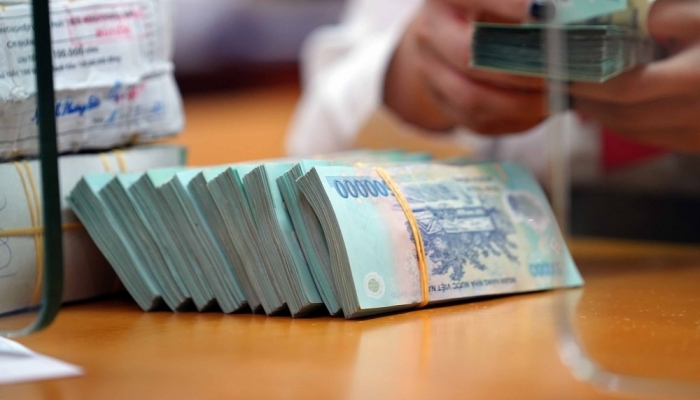

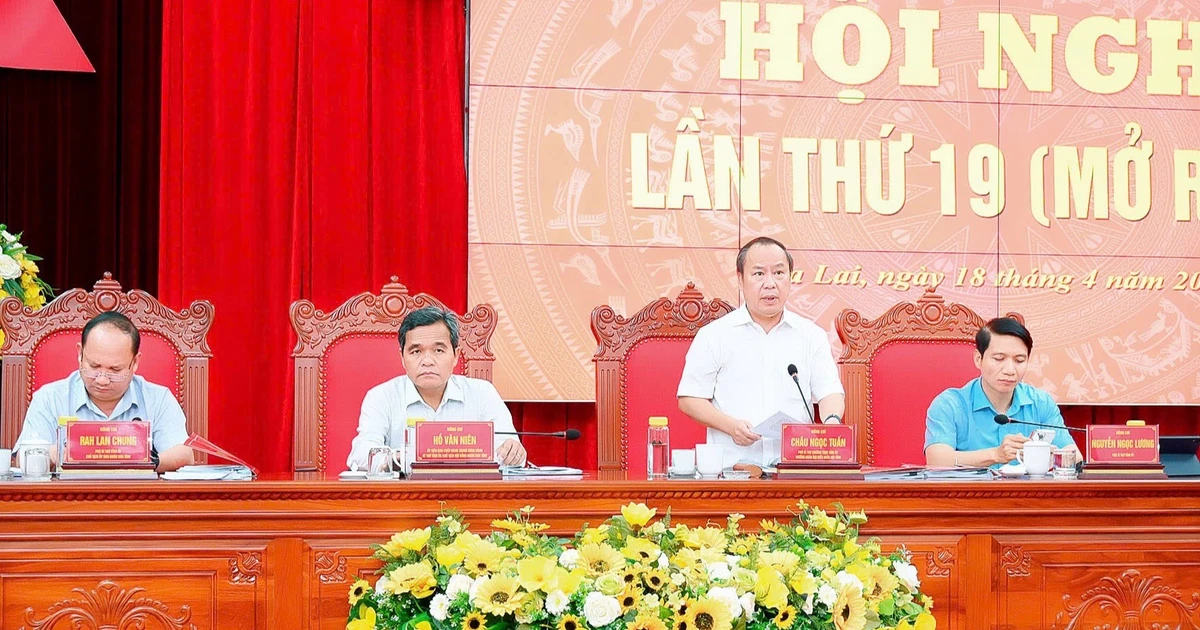



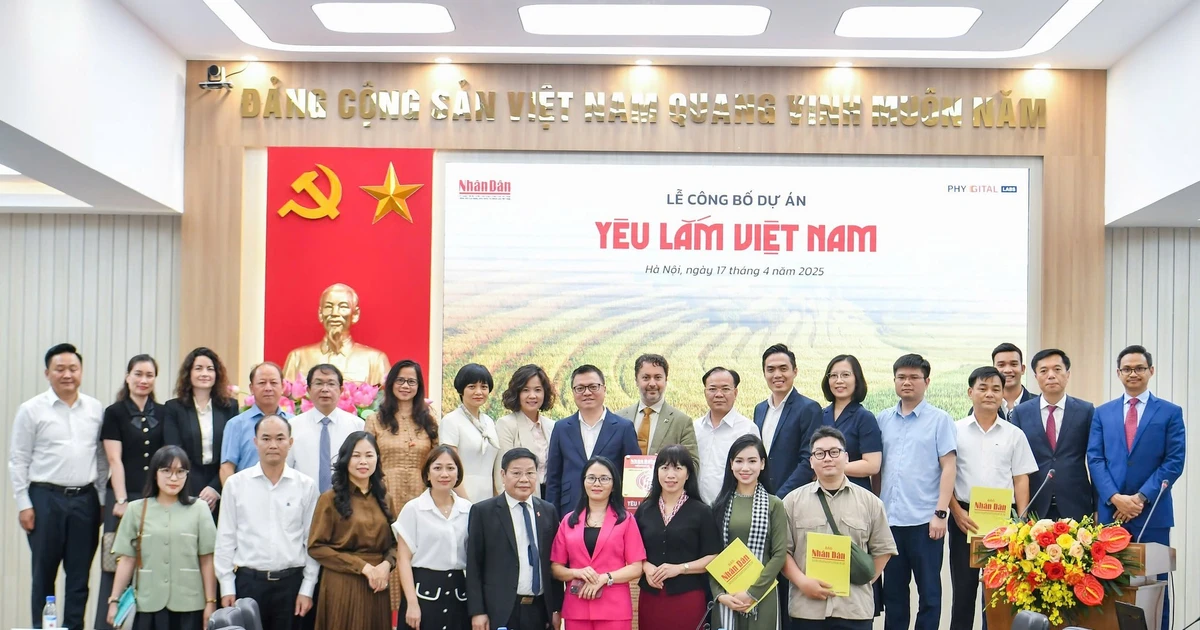
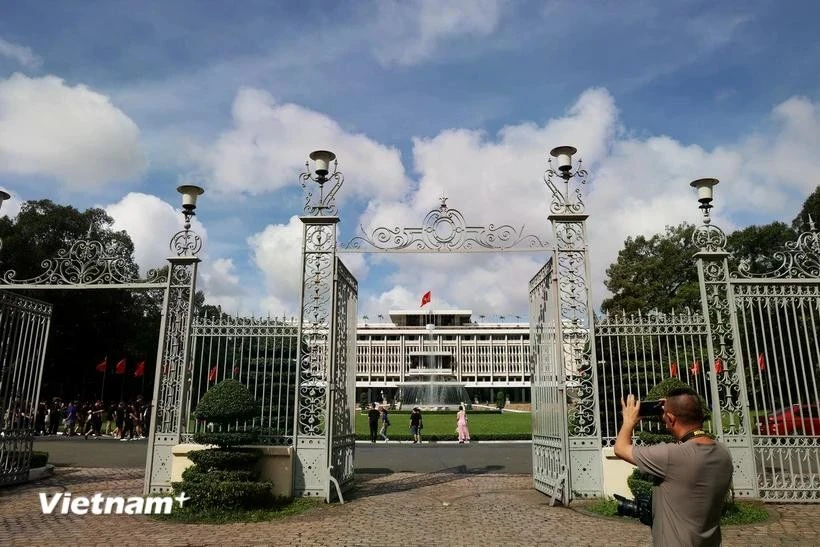




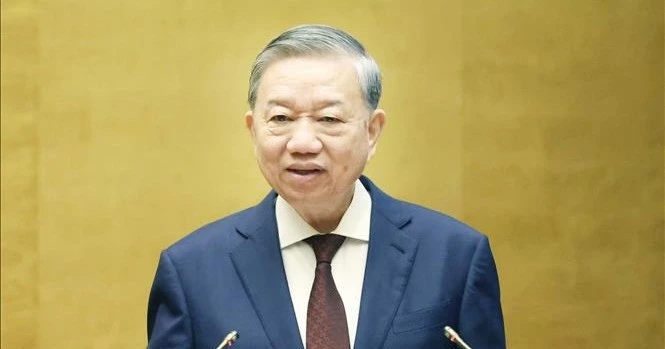
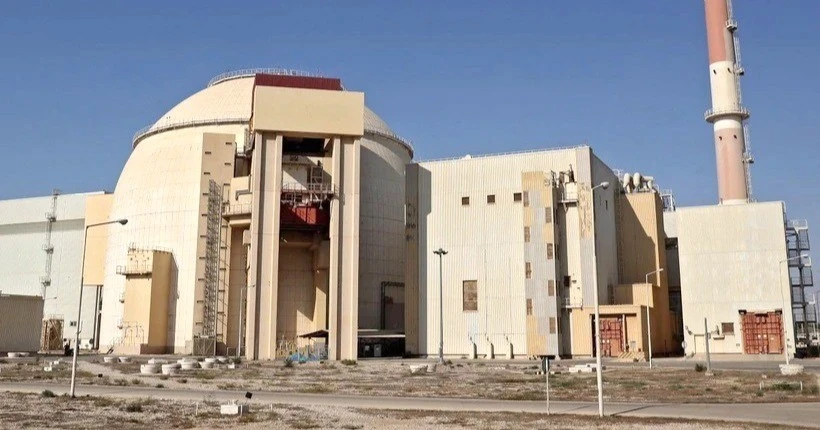
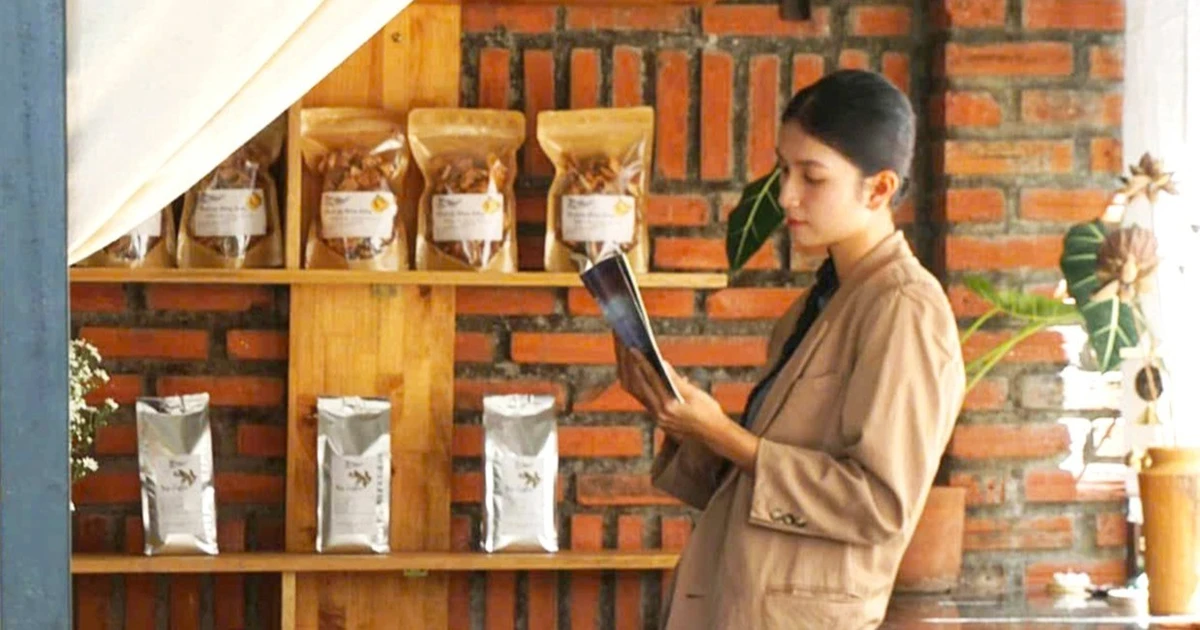
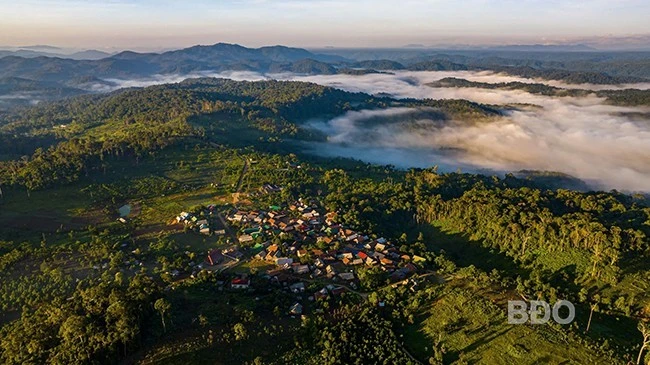
































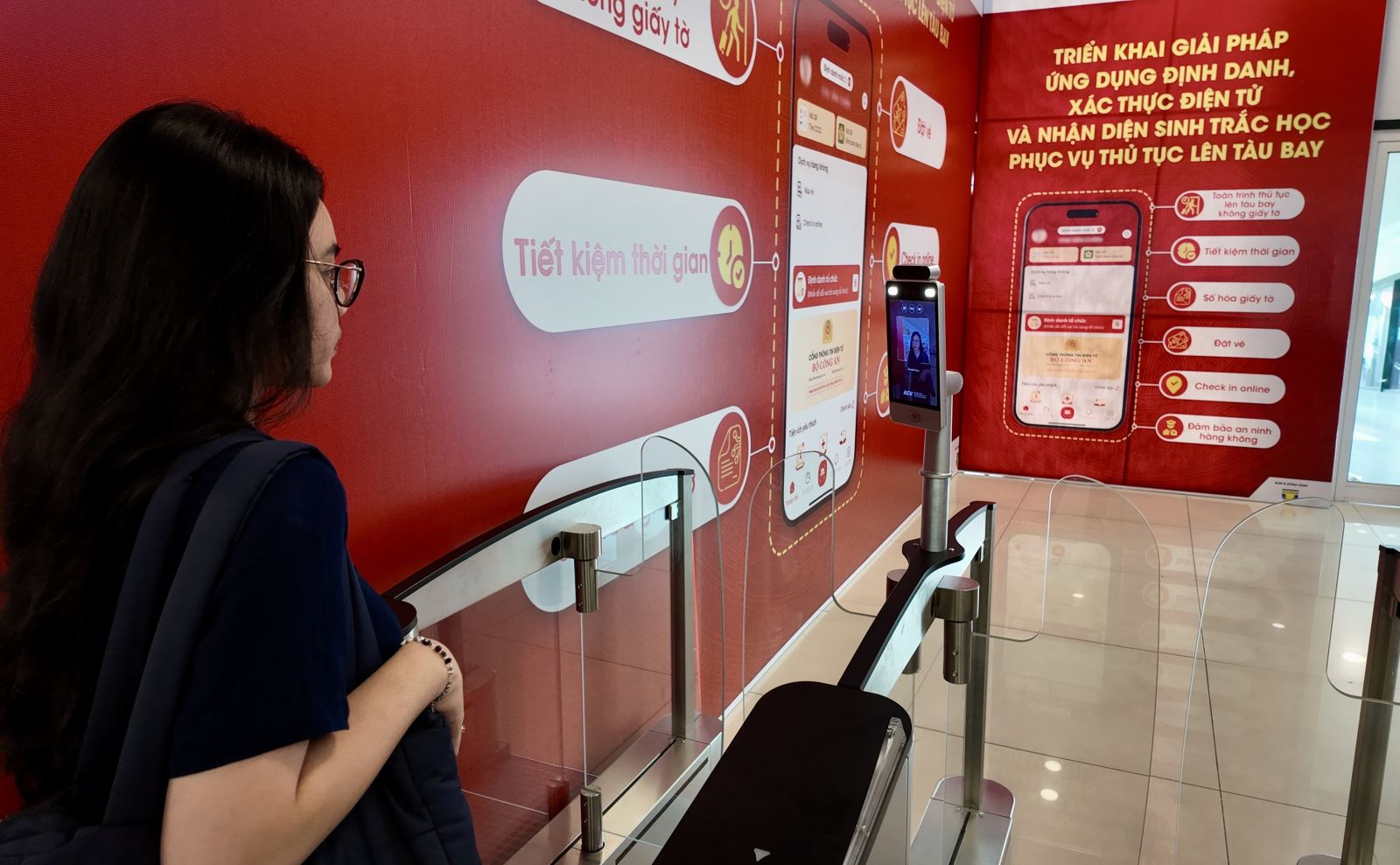












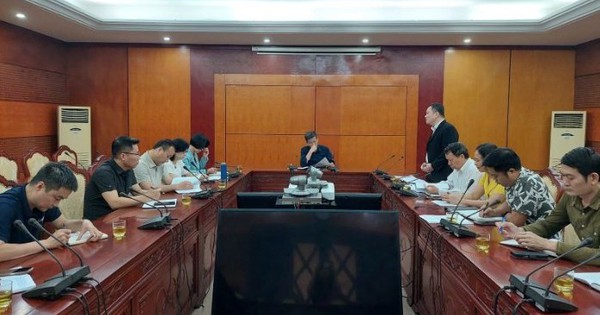





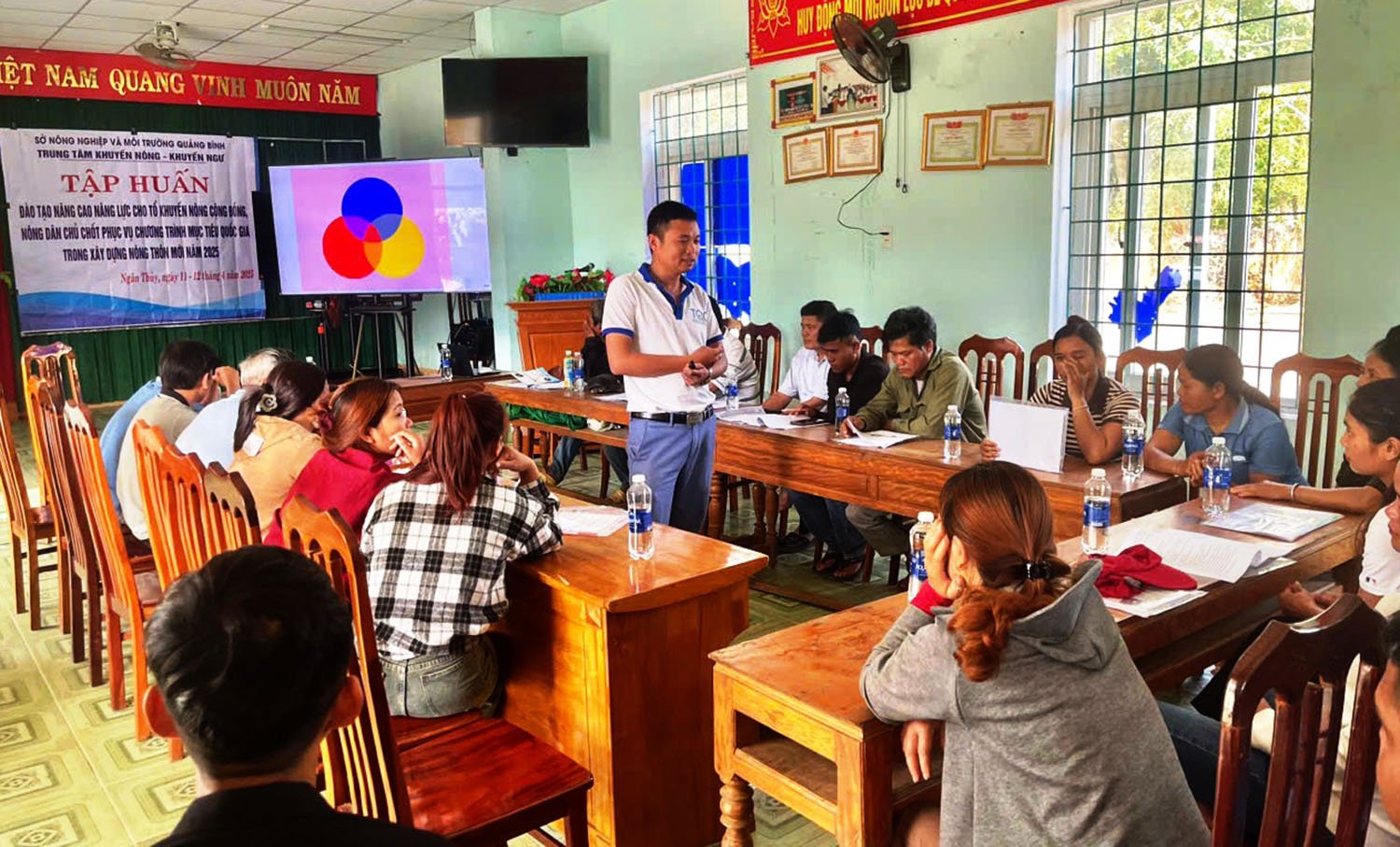














Comment (0)